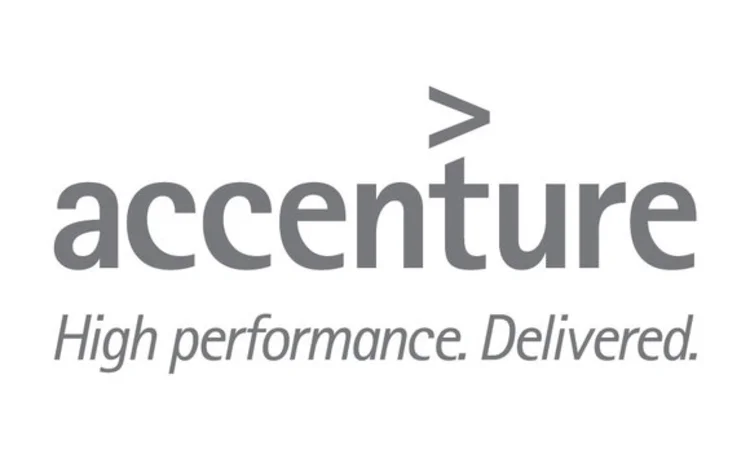Sponsored Q&A: Accenture Risk Management
FERC rules force wholsesale energy markets to adapt

How does Federal Energy Regulatory Commission (FERC) 741 concern regional transmission organisations (RTOs), independent system operators (ISOs) and energy and utility risk officers?
Shelley Hurley (SH), Executive Director, Accenture Risk Management: FERC Orders 741 and 741–A are intended to strengthen risk management practices within the organised wholesale electricity markets – RTOs and ISOs – and market participants. The timeline listed in FERC 741 and 741–A require enforceability by October 1, 2011, except for the ability to offset market obligations, which is extended in FERC 741–A to January 1, 2012. The mandated changes from FERC 741 will impact the settlement and risk management policies, processes and systems for RTOs, ISOs and market participants.
What is covered by FERC 741 and FERC 741–A?
SH: FERC 741 and FERC 741–A address seven key issues:
1. Shortening the billing and settlement period to no more than seven days.
2. Reducing the allocation of unsecured credit to no more than $50 million per market participant and no more than $50 million per corporate family (updated per FERC 741–A).
3. Creating the need for ISOs and RTOs to secure or collect collateral for the transmission capacity markets.
4. Creating a market construct that enforces netting by requiring the ISOs and RTOs to decide between four market structures, including establishing a central counterparty.
5. Requiring the ISOs and RTOs to establish minimum criteria for market participation, such as requirements related to adequate capitalisation and risk management controls.
6. Clarifying the circumstances for invoking a material adverse change.
7. Establishing a two-day grace period for ‘curing’ collateral calls.
What are the major changes required of RTOs and ISOs that are addressed in FERC 741?
SH: There are three areas on which we recommend clients focus:
1. The minimum requirements for FERC 741, paragraph 65, state,
“…periodic compliance verification, to make sure that each market participant has adequate risk management capabilities and adequate capital to engage in trading with minimal risk, and related costs, to the market as a whole”. Risk management capabilities may include establishing minimal risk criteria, performing risk assessments of all market participants on a periodic basis, and maintaining clearly defined and auditable risk management governance, policies and procedures.
2. FERC 741, paragraph 137, states, “Material adverse change clauses need to be sufficiently forward-looking to allow market administrators to request additional collateral before a crisis starts”. One way RTOs and ISOs can monitor counterparty solvency is to develop predictive measures to highlight potential changes to a counterparty’s solvency. This requires changes to their tariffs, business processes and systems.
3. Elimination of unsecured credit for transmission capacity contracts requires changes to tariffs, business processes and systems to manage and separate collateral. These contracts will need to be accurately priced and updated and this will result in periodic price updates and possible margin calls to ensure that the entire value on the contract is collateralised. This could lead to greater strain on market participants’ liquidity, and individual market participants will need to determine the maximum length and cost they are willing to assume on these contracts.
Accenture Risk Management works with clients to create and implement integrated risk management capabilities designed to gain higher economic returns, improved shareholder value and increased stakeholder confidence.
This document is intended for general informational purposes only and does not take into account the reader’s specific circumstances, and may not reflect the most current developments. Accenture disclaims, to the fullest extent permitted by applicable law, any and all liability for the accuracy and completeness of the information in this document and for any acts or omissions made based on such information. Accenture does not provide legal, regulatory, audit or tax advice. Readers are responsible for obtaining such advice from their own legal counsel or other licensed professionals.
More on Risk management
CRO interview: Shawnie McBride
NRG’s chief risk officer Shawnie McBride discusses the challenges of increasingly interconnected risks, fostering a risk culture and her most useful working habits
Increasingly interconnected risks require unified risk management
Operational risk is on the rise according to a Moody's survey, making unified risk management vital, say Sapna Amlani and Stephen Golliker
Energy Risk Europe Leaders’ Network: geopolitical risk
Energy Risk’s European Leaders’ Network had its first meeting in November to discuss the risks posed to energy firms by recent geopolitical developments
Energy Risk US Leaders’ Network: tackling volatility
Energy Risk’s inaugural US Leaders’ Network convened in Houston in October to discuss risk management challenges caused by geopolitical upheaval, policy uncertainty and volatility
LNG trading strategies set to change amid major market shifts
The global LNG market is on the brink of significant changes set to alter trading dynamics and market behaviour, say analysts
Why commodity finance is ripe for stablecoin
Digital currency brings cost efficiencies to financing, but its real benefit to commodity firms lies in making huge pools of new capital available, write Jean-Marc Bonnefous and Ronan Julien
US shutdown leaves commodity traders without key data
Commodity traders are ‘flying blind’ without Commitment of Traders reports
Energy Risk at 30: Learning from the past
Energy Risk looks back at the seminal events and developments that have shaped today’s energy markets







